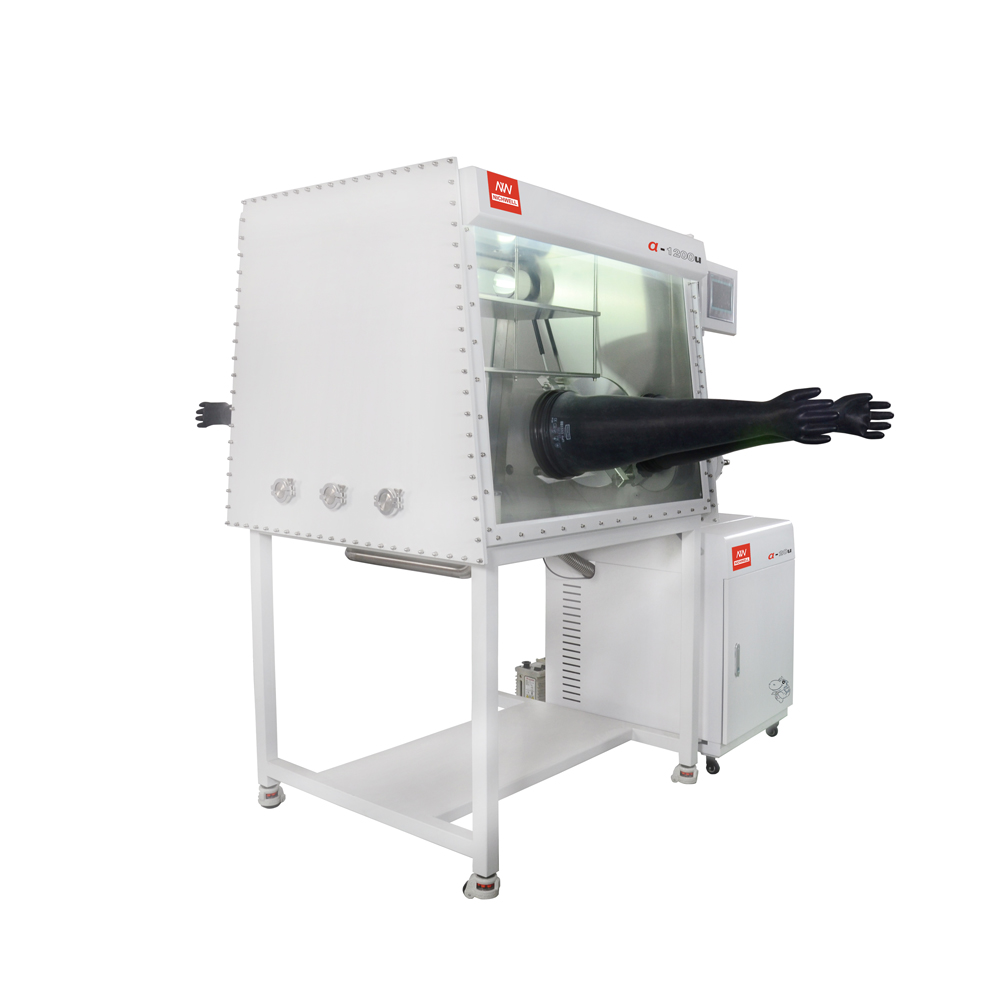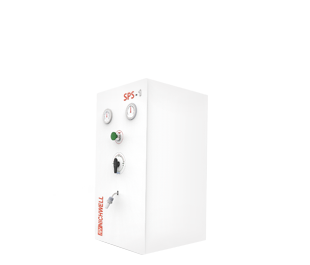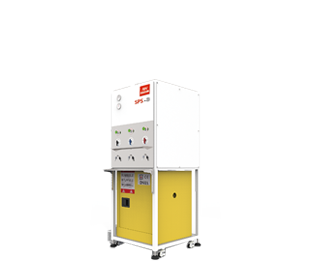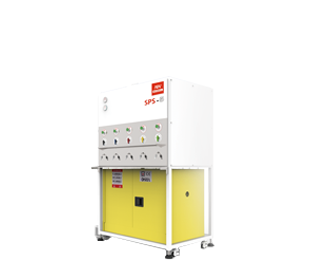Vacuum coating technology first appeared in the 1930s, industrial applications began to appear in the 1940s and 1950s, and large-scale industrial production began in the 1980s. It has been widely used in industries such as electronics, aerospace, packaging, decoration, and hot stamping. Vacuum coating refers to the deposition of a certain metal or metal compound on the surface of a material (usually a non-metallic material) in the form of a gas phase in a vacuum environment, which is a physical vapor deposition process. Because the coating is often a metal film, it is also called vacuum metallization. In a broad sense, vacuum coating also includes vacuum deposition of non-metallic functional films such as polymers on the surface of metal or non-metal materials. Among all the materials to be plated, plastic is the most common, followed by paper coating. Compared with metals, ceramics, wood and other materials, plastics have the advantages of sufficient sources, easy control of performance, and convenient processing. Therefore, a wide variety of plastics or other polymer materials are used as engineering decorative structural materials and are widely used in automobiles, home appliances, and daily use. Packaging, craft decoration and other industrial fields. However, most plastic materials have defects such as low surface hardness, insufficient appearance, and low wear resistance. For example, a very thin metal film is deposited on the surface of the plastic to give the plastic a bright metallic appearance. A suitable metal source is also It can greatly increase the wear resistance of the surface of the material, and greatly broaden the decoration and application scope of the plastic.
Vacuum coating equipment mainly refers to a type of coating that needs to be carried out under a relatively high degree of vacuum, including many types, including vacuum ion evaporation, magnetron sputtering, MBE molecular beam epitaxy, PLD laser sputtering deposition, etc. The main idea is divided into evaporation and sputtering.
Etelux's glove box evaporation integrated machine is composed of a vacuum coating system and a glove box system. It can complete film evaporation in a high vacuum evaporation chamber, and store samples in a glove box with high purity inert gas atmosphere. Preparation and testing of samples after evaporation.

Equipment use
It is mainly used in experimental research and application of solar cell perovskite, OLED and PLED, semiconductor preparation, etc.
Advantage
The combination of evaporation coating and glove box realizes the fully enclosed production of evaporation, encapsulation, testing and other processes, so that the entire film growth and device preparation process is highly integrated in a complete controllable environment atmosphere system, eliminating the organic large-area circuit preparation process The influence of unstable factors in the atmospheric environment guarantees the preparation of high-performance, large-area organic optoelectronic devices and circuits.
The functions of vacuum coating are multifaceted, which also determines that its applications are very rich. In general, the main functions of vacuum coating include imparting a high degree of metallic luster and mirror effect to the surface of the plated parts, making the film have excellent barrier properties on the film material, and providing excellent electromagnetic shielding and conductive effects.
Your email address cannot be published. Required fields are marked*





No comments